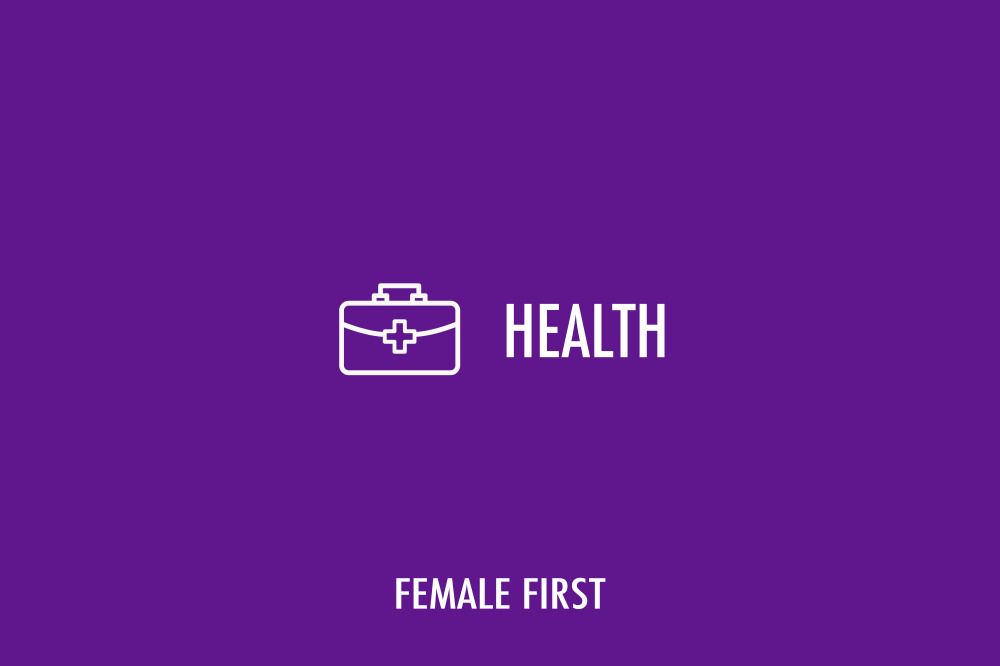We reported the news last week that women taking the contraceptive pill are 50% more likely to develop breast cancer, compared to those who choose contraception that contains low levels of the hormone, oestrogen.

Health on Female First
The study compared 1,102 women between the ages of 20 and 49 who were diagnosed with breast cancer with a group of similar unaffected women, and recorded their contraceptive history.
With these fresh results in mind, many women will now be looking to contraception options that either do not contain oestrogen or contain a lower level, so as to quell fears of raising their risk of developing breast cancer. We’ve been speaking to Judith Hamilton, Consultant Gynaecologist at London Bridge Hospital on the role played by oestrogen in breast cancer and alternative contraceptive options available to women.
“Oestrogen stimulates the growth of a significant proportion of breast cancers. It binds to receptors in the tumour and these cancers are known as oestrogen receptor positive. After initial surgery, the major follow up treatments to prevent recurrence of breast cancer are anti-oestrogen medications.
“The dose of oestrogen in Combined (oestrogen and progesterone) Oral Contraceptive Pills [COCP] has decreased significantly since they were first introduced in the 1960s. It is sensible that women take the lowest dose of oestrogen COCP that is likely to be efficacious i.e. to prevent unplanned pregnancy. Women in their teens and 20's are more fertile and breast cancer in these age groups is extremely rare. They should be on a preparation that contains 30 micrograms of oestrogen. All but one of the progesterone only pills need to be taken within three hours of when they should have been which makes it much more easy to miss pills. This is why they have a higher failure rate than the COCP.
“The main medical risk of the COCP is a blood clot or thrombosis. The risk of thrombosis increases with age and women over 35 years of age can only be prescribed the COCP if they have no other risk factors for thrombosis eg obesity, smoking, immobility. This means that as women approach an age when a diagnosis of breast cancer is more likely more commonly they will no longer be taking an oestrogen containing contraceptive pill. 20 microgram COCPs are suitable for women over the age of 30 (see above).
“Progesterone Only Pills (POPs) ["the mini pill"] have the advantage that you take one every day without a break but the older versions have strict time restrictions leading to a higher failure rate. Cerazette is a POP with the same time frame if you have missed a pill as the COCPs. Side effects of the POPs include; irregular bleeding, bloating and headaches.
“Progesterone can also be given as an injection, usually on a three monthly basis. The injection can stop periods, including ovulation so cannot be used for a prolonged time period as this can lead to bone thining. A significant number of women gain weight using the injection.
“Progesterone can be given as an implant which consists of two rods placed under the skin in the upper arm. It can lead to irregular or no bleeding. Although discrete, many women do not want a visible contraceptive.
“Progesterone can also be delivered via an Intra Uterine System (IUS). This is placed within the uterus, like a coil. It is a highly effective contraceptive and significantly reduces the amount of bleeding or stops the periods in the majority of women. Unlike the injection (where it can take 12-18 months for the periods to return) once the IUS is removed there is no residual hormone in the body so periods return immediately. As the hormone is located within the coil only a minority of women experience progesterone side effects (headaches, bloating, acne).
“The copper coil has the advantage of not needing to remember to take a pill each day. It can lead to heavier periods. Traditionally there have been concerns that it may increase the risk of sexually transmitted infections passing up through the womb to potentially damage the Fallopian tubes and affect fertility. It is most suitable for those in a stable relationship.
‘"Barrier" methods of contraception such as condoms and diaphragms avoid any hormonal side effects but have to be remembered to be used on each occasion and can split or tear. They are essential to protect against sexually transmitted infections but have a higher failure rate than any other contraceptive. They are ideal to be used in addition to one of the other methods.”
Tagged in Women's Health Pill

